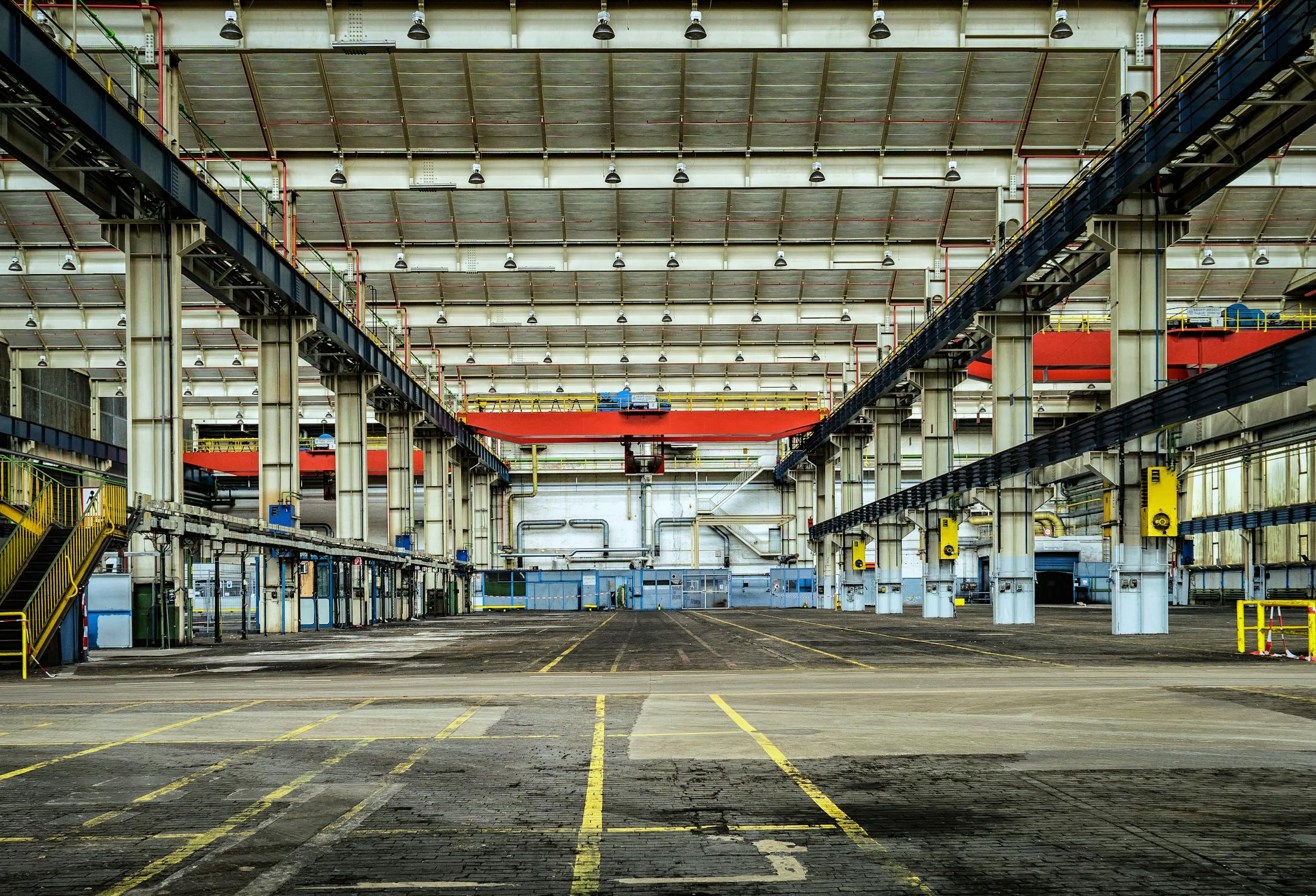Machine Learning for Warehouse Operations: Optimize Your Logistics
Machine learning is revolutionizing warehouse operations by enabling businesses to optimize logistics, streamline processes, and make data-driven decisions. From inventory management to demand forecasting, machine learning algorithms are helping warehouses function more efficiently while reducing costs and improving customer satisfaction. With the ability to analyze vast amounts of data in real-time, these technologies are transforming how goods are stored, moved, and delivered.

Understanding Machine Learning in Warehousing
At its core, machine learning involves systems that learn and improve from experience without explicit programming. This capability allows warehouses to analyze historical data and make accurate predictions. Machine learning models can predict seasonal spikes in demand or identify patterns in order fulfillment errors.
Some common applications include predictive analytics for stock levels, route optimization for delivery vehicles, and quality control through image recognition. These implementations go beyond traditional warehouse management systems (WMS), offering a dynamic approach to complex logistical challenges.
According to an analysis by Gartner, over 75% of supply chain professionals believe integrating machine learning into warehousing operations can lead to significant performance improvements. Its adoption enables better resource utilization while meeting the fast-paced demands of modern supply chains.
Inventory Management: Precision at Scale
Managing inventory efficiently is critical for any warehouse operation. Machine learning enhances this process by providing precise inventory tracking and automated replenishment systems. Algorithms can forecast demand based on past trends, seasonal fluctuations, or even external factors such as market conditions.
- Reducing overstocking and understocking issues
- Identifying slow-moving items to optimize storage space
- Improving accuracy in order picking through smart recommendations
Amazon’s fulfillment centers use machine learning-powered robots to organize and transport goods. This minimizes human error and significantly speeds up order processing times.
Optimizing Warehouse Layouts
An optimized warehouse layout can reduce unnecessary movements and improve productivity. Machine learning tools evaluate data on item popularity, pick paths, and employee movements to design layouts that maximize efficiency. Such systems ensure high-demand products are stored in accessible locations while less frequently picked items occupy secondary areas.
Simulations powered by machine learning allow warehouses to test multiple layout configurations before implementing them physically. This reduces trial-and-error costs and ensures optimal setups tailored to specific operational needs.
Predictive Maintenance for Equipment
Warehouse equipment such as forklifts, conveyors, and sorting machines play a vital role in daily operations. Unexpected breakdowns can disrupt workflows and result in costly delays. Machine learning enables predictive maintenance by analyzing performance data from sensors embedded in equipment.
This approach identifies potential failures before they occur. Predictive maintenance helps warehouses:
- Avoid downtime caused by mechanical issues
- Extend the lifespan of machinery through timely interventions
- Optimize maintenance schedules based on usage patterns
The Role of Robotics and Automation
The integration of robotics with machine learning has redefined automation in warehouses. Robots equipped with advanced algorithms can navigate aisles autonomously, sort packages accurately, or assist workers with heavy lifting tasks. These robotic systems adapt to changing environments through continuous learning.
DHL utilizes machine learning-driven robots that collaborate with human employees in their distribution centers. The combination of human expertise and robotic efficiency creates a harmonious workflow that boosts overall productivity.
Challenges in Implementing Machine Learning
Despite its benefits, implementing machine learning in warehouse operations comes with challenges. High initial investment costs can deter small-to-medium enterprises (SMEs) from adopting these technologies. Integrating machine learning with existing legacy systems requires careful planning and technical expertise.
Another major concern is data quality. Machine learning algorithms rely on accurate and comprehensive datasets for effective decision-making. Poor data management practices can lead to unreliable outcomes or even operational inefficiencies.
The Future of Machine Learning in Logistics
The application of machine learning in warehouse operations continues to expand as technology advances. Emerging trends include the use of digital twins (virtual replicas of physical warehouses) for simulation purposes and real-time monitoring through Internet of Things (IoT) devices.
| Technology | Potential Impact |
|---|---|
| Digital Twins | Enhances simulation capabilities for better planning |
| IoT Integration | Enables real-time monitoring of assets and operations |
| Advanced Analytics | Provides deeper insights into operational efficiencies |
The future holds promise for further automation and seamless supply chain integration driven by AI-powered tools.
The adoption of machine learning in warehouse operations marks a pivotal shift towards smarter logistics management. From inventory optimization to predictive maintenance, its applications demonstrate tangible benefits for businesses aiming to stay competitive in an ever-evolving market environment.
As more companies embrace these technologies, the potential for innovation within logistics will only grow stronger.
